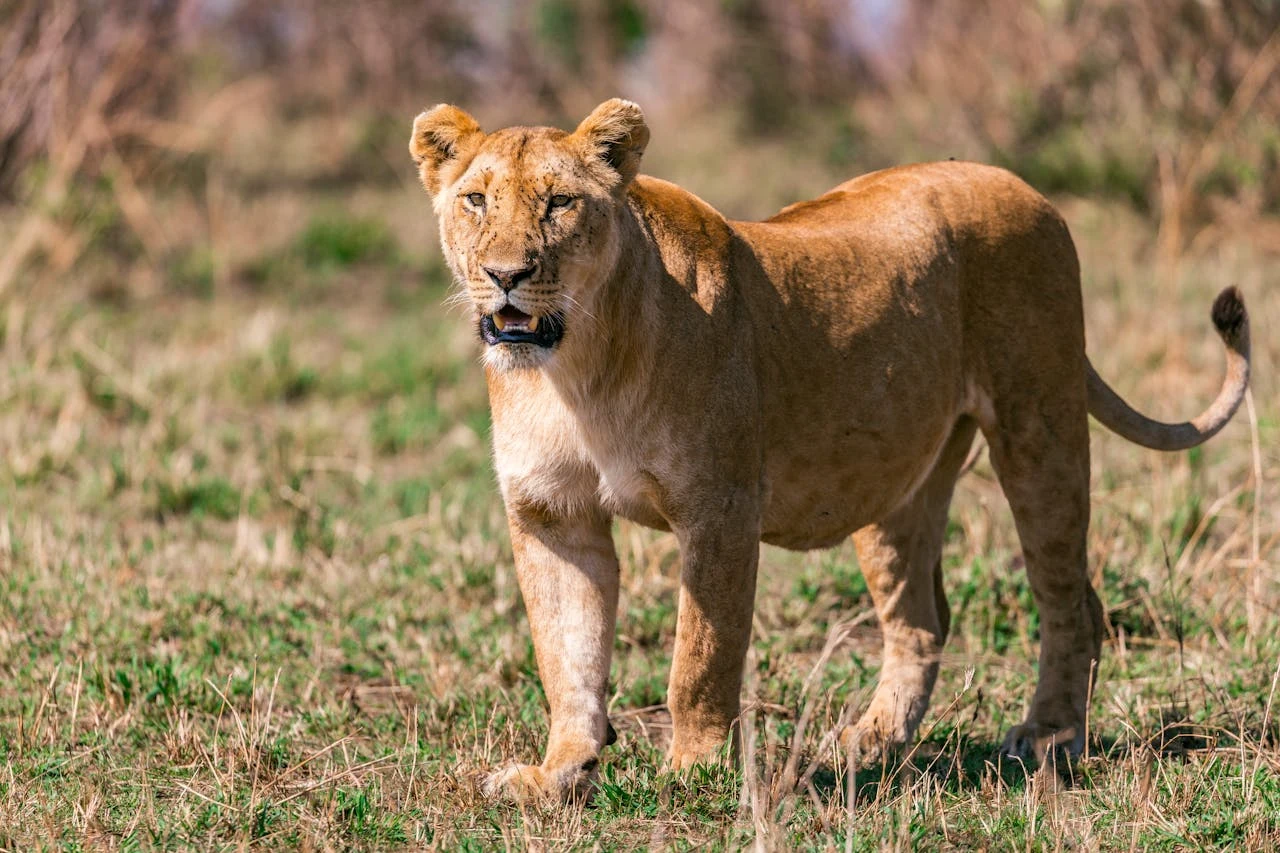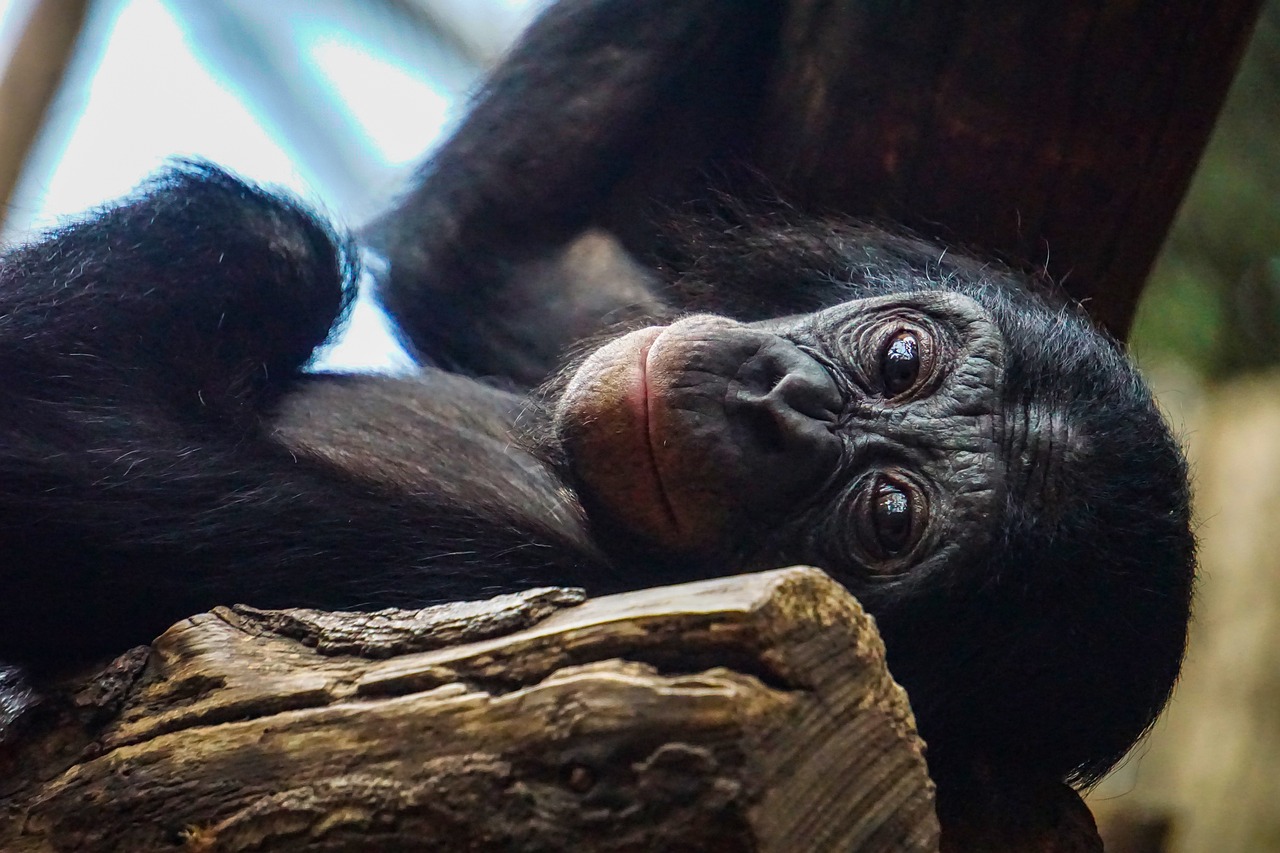Wildlife in Tarangire
In the dry season, herds of up to 300 elephants can be seen digging for underground streams in the dry riverbeds, while migratory wildebeest, zebra, buffalo, impala, gazelle, Coke’s hartebeest, and eland crowd the shrinking lagoons. Of the big cats, only the lion is regularly spotted. There are lots of smaller predators too, such as black-backed jackals and bat-eared foxes. Abandoned termite mounds often house dwarf mongoose colonies. From July to November, the Tarangire River is a magnet for migratory animals such as wildebeest, zebra, eland, Coke’s hartebeest, gazelle, buffalo, and elephant, of which there are more than you can imagine. Lions are quite easily spotted at this time as well. Tarangire National Park is home to several dry-country antelope species, such as the rare fringe-eared oryx and the peculiar, long-necked gerenuk. The swampy areas in the south of the park offer some interesting wildlife-viewing opportunities. Wallowing elephants and buffalo are a given, but you might also be lucky to see the Silale Swamp lion pride and sometimes even wild dogs.
Best Time for Wildlife Viewing
July to November, when most of the water in the bush has dried up, is the best time for wildlife viewing. Large herds of animals migrate to the park from the surrounding areas. Animals are easier to spot because vegetation is thinner and wildlife gathers around the Tarangire River. From about December, many animals migrate out of the park again, and wildlife viewing is not as good. July to November is the best time for wildlife viewing in Tarangire National Park. This coincides more or less with the middle and end of the Dry season. Many animals migrate out of the park during the Wet season (November to May), when wildlife viewing is considerably less productive.


